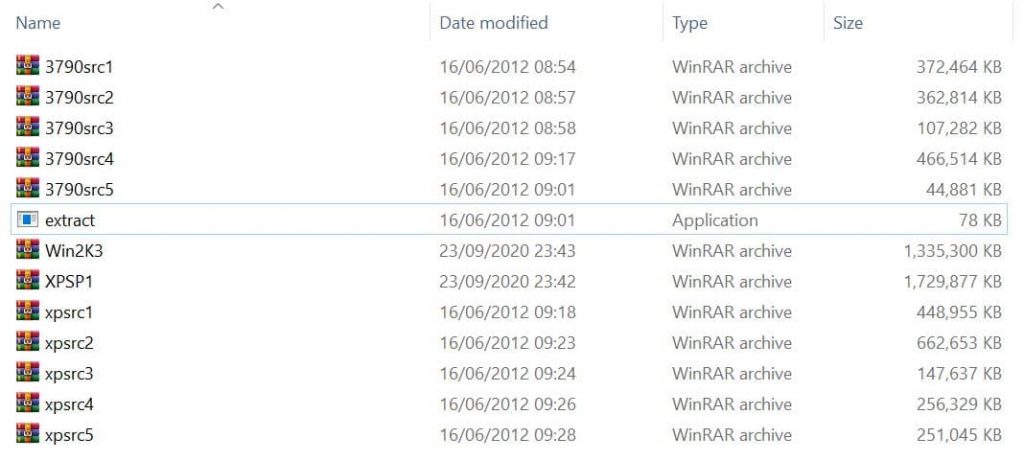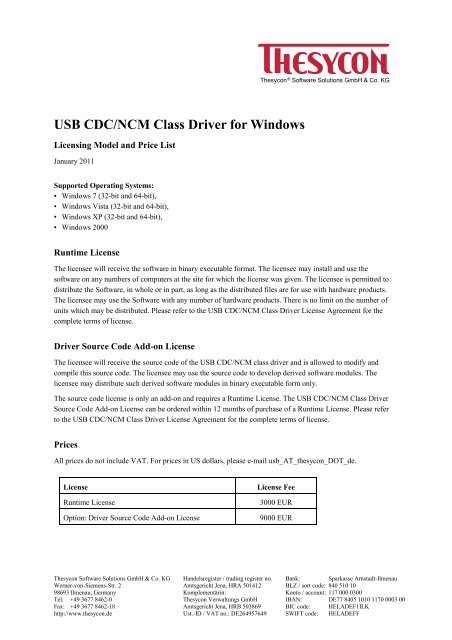

- Windows vista source code windows 10#
- Windows vista source code code#
- Windows vista source code password#
- Windows vista source code windows#
NT is generally not compatible with UNIX in terms of programming APIs except in areas such as Windows Sockets which are patterned after Berkeley Sockets, but otherwise NT tends to be comparable in features and capabilities. NT also manages virtual memory like a time sharing computer and supports networking and remote terminals. The kernel can stop any task and start others without help from the application programmer. Windows NT supports preemptive multitasking and threading like most large scale systems.

If the administrator loses the login password, the system must be rebuilt. Operating system calls are made with conventional subroutine calls, and a sophisticated system manages users and privileges to meet corporate and defence standards. Win32 replaces the earlier memory allocation scheme with true 32-bit pointers, permitting a 4 gigabyte address space (with 2 gigabytes for application code) exceeded on actual machines only by the 2000s. The Intel 8086 was not a very powerful processor, but the 286 and 386 had features which could support an true multitasking environment. Microsoft had marketed XENIX as a version of UNIX, but it never became very popular as a business operating system. If a program fails to do so, it will stop all other processes on the machine, rendering it inoperable, and this often happened on Win16 machines. A program must do operations quickly and then give control back to Windows, which can then give messages to other tasks. 16-bit Windows is also built around the concept of cooperative multitasking.
Windows vista source code password#
A user with Windows 95 who does not type in a proper password still can access the local resources, if not the network. DOS was also written to suit the needs of a single user, with minimal security. This was made necessary by the segment-based addressing of the Intel 8086 based processor which essentially adds a 4-bit extension to the 16-bit addressing of the Intel 8080. 16-bit Windows is characterised by the use of 16-bit near pointers, 32-bit far pointers, and an awkward memory allocation system which requires the programmer to lock down a pointer to obtain a physical address and then release it so the operating system can relocate objects as needed to maximise efficiency.

MS-DOS uses interrupts to call operating system services.
Windows vista source code windows 10#
If you have trouble building from the source for your operating system, you can try this fork that is confirmed to run on Windows 10 without any anomalies.The original version of Windows is a 16-bit GUI program which runs on MS-DOS and was written in Intel 8086 assembler.
Windows vista source code code#
Visit Microsoft's GitHub page to download the source code of File Manager. The most notable change being that there is support for 64-bit operating systems. Instead of opening endless numbers of windows, File Manager allowed for navigation through directories and basic file management tasks in a clear cut and organized manner.įor those wishing to try out File Manager on Windows 10, there have been some slight changes made to take care of minor bugs. Creating, renaming, moving, copying, and deleting files from a graphical user interface were among the revolutionary features of the time. The replacement to MS-DOS brought many of the features that are now taken for granted. A 32-bit edition was released for Windows NT 3.1 that corrected many of the naming issues. Long file names and names containing spaces were displayed using only the first six characters with a tilde appended to the end of the string along with numbers to differentiate between files with similar names.

The original version of File Manager was a 16-bit program that only supported DOS filename conventions. Even though Explorer was introduced to Windows 95, File Manager was still included by default and remained apart of Windows 98 as well as Windows ME. Officially, File Manager was supported from 1990 to 1999. Now, Microsoft has made the source code of File Manager available for all to use under the MIT License, and it still can be run on all recent versions of Windows, including Windows 10. Dating back to the days of Windows 3.0, File Manager was an application using the multiple-document interface to display the contents of several folders within one window.įile Manager served as the precursor to the modern day Explorer interface that debuted with Windows 95.


 0 kommentar(er)
0 kommentar(er)
